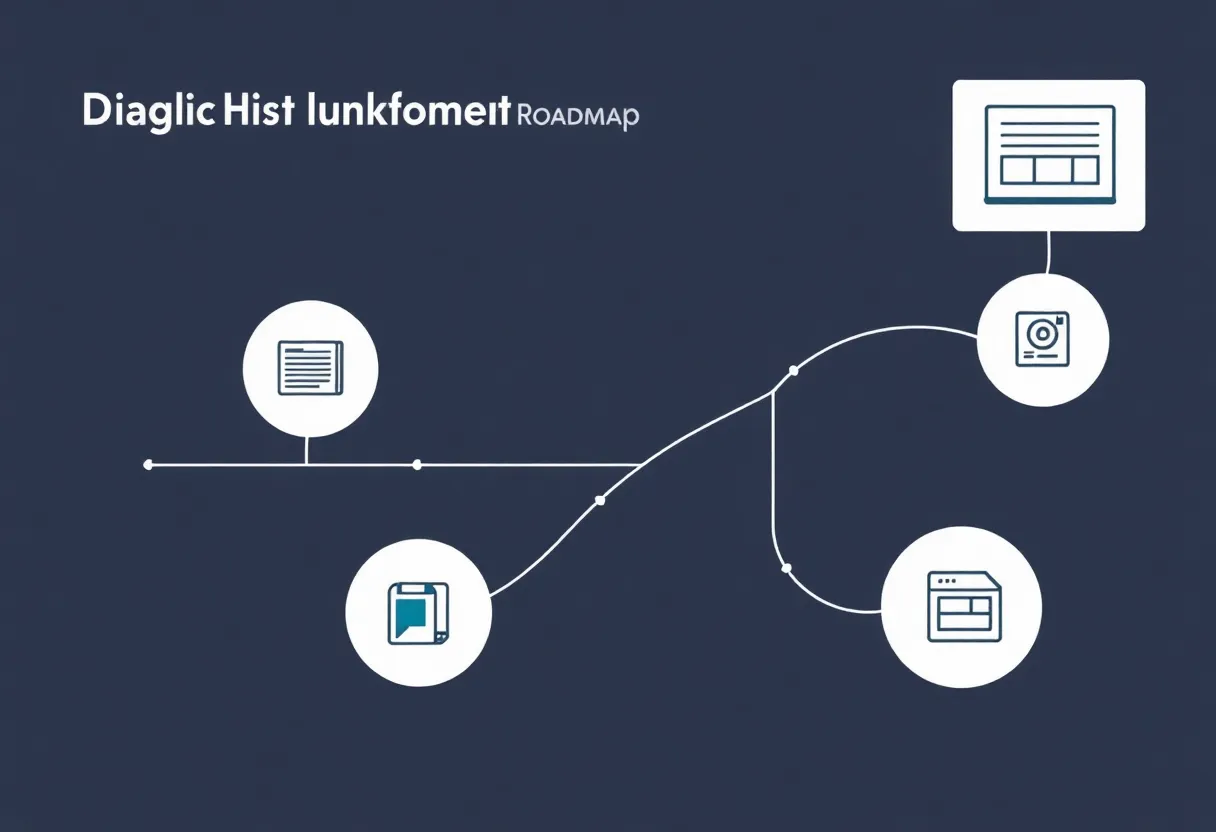How Can You Use Customer Journey Mapping to Enhance Your Digital Marketing Strategy?
Understanding Customer Journey Mapping
Customer Journey Mapping (CJM) is a strategic tool that visualizes the process a customer undergoes when interacting with a brand. It outlines the various stages customers cycle through, from awareness to consideration, and ultimately to purchase and post-purchase behaviors. By effectively mapping this journey, businesses can gain critical insights into customer behaviors, preferences, and pain points.
The Importance of Customer Journey Mapping
Effective customer journey mapping is crucial for industries seeking to enhance their digital marketing strategies. It allows organizations to identify gaps in customer experiences and provides a structured approach to optimizing touchpoints. This method cultivates a comprehensive understanding of customer interaction, enabling brands to align their digital marketing efforts accordingly.
Key Elements of Customer Journey Mapping
1. Customer Personas
Creating detailed customer personas is the foundational step in CJM. These personas represent your audience segments, based on real data, demographic information, and behavioral insights. The more accurately you depict these personas, the better you can craft marketing messages that resonate.
2. Stages of the Customer Journey
The typical stages include:
- Awareness: Potential customers become conscious of a need or problem.
- Consideration: They research and compare available solutions.
- Decision: They evaluate the best option to purchase.
- Retention: Keeping the customer engaged post-purchase.
- Advocacy: Satisfied customers promote your brand.
3. Touchpoints
Touchpoints are the various interactions customers have with your brand. They can include social media channels, websites, email communication, and customer service experiences. Mapping these touchpoints highlights opportunities to enhance customer experiences.
4. Customer Emotions
Understanding customer emotions at each stage is essential. You need to gauge excitement, confusion, frustration, and satisfaction. This emotional context can inform how to adjust marketing strategies to foster positive experiences.
Implementing Customer Journey Mapping in Digital Marketing
1. Identify Data Sources
Begin by collecting data from various channels. Utilize tools like web analytics, customer feedback forms, and social media insights to gather comprehensive information. This data allows for accurate mapping.
2. Create a Visual Representation
Develop a visual map that outlines the customer journey stages, touchpoints, and related customer emotions. Use flowcharts or infographics to illustrate the journey clearly. A well-crafted visual provides an easy reference for marketing teams.
3. Analyze Gaps and Opportunities
Once you have mapped the customer journey, critically analyze each touchpoint. Look for gaps where customer expectations are not met or where friction points exist. This analysis should lead to actionable improvements to the digital marketing strategy.
4. Tailor Digital Marketing Channels
With insights from CJM, tailor your marketing strategies for each channel. For example, if you find that users are eager for content during the consideration stage, enhance your email marketing and social media efforts to provide tailored information.
Enhancing Customer Experiences through Personalization
Utilizing customer journey maps facilitates significant personalization opportunities. By aligning digital marketing strategies with the specific needs and preferences outlined in the journey mapping process, brands can deliver more relevant messages.
Targeted Content Delivery
Use the insights from CJM to create targeted content that addresses specific needs at each stage. When customers receive content that resonates with their emotions and expectations, conversion rates increase.
Optimized Interactions
Leverage customer journey mapping to streamline interactions on your website and social media platforms. Implement chatbots for immediate assistance at touchpoints where customers experience confusion or delays.
Measuring Success and Making Iterative Improvements
Continuous improvement is vital for maintaining effective digital marketing strategies. Regularly measure success by evaluating key performance indicators (KPIs). This may include:
- Customer retention rates
- Conversion rates across different touchpoints
- Customer satisfaction scores
- Net promoter score (NPS)
By focusing on these metrics after implementing changes based on CJM, businesses can determine the efficacy of their strategies and adapt accordingly.
Feedback Loop Integration
Establish a feedback loop that encourages ongoing customer feedback. Incorporate tools such as post-purchase surveys or feedback requests on social media. This data can inform future iterations of the customer journey map, allowing for continuous evolution.
Conclusion
Utilizing customer journey mapping is integral to enhancing a company’s digital marketing strategy. By understanding customer behaviors, emotions, and touchpoints, organizations can craft more effective marketing strategies. Remember that CJM is not a one-time exercise; it requires regular updates and adaptations based on changing customer expectations and market conditions.
Investing time in CJM equips businesses with the tools necessary to create customer-centric marketing content, thus building stronger customer relationships and ultimately driving sales growth.
Author: STAFF HERE NOVI WRITER
The NOVI STAFF WRITER represents the experienced team at HERENovi.com, your go-to source for actionable local news and information in Novi, Oakland County, and beyond. Specializing in "news you can use," we cover essential topics like product reviews for personal and business needs, local business directories, politics, real estate trends, neighborhood insights, and state news affecting the area—with deep expertise drawn from years of dedicated reporting and strong community input, including local press releases and business updates. We deliver top reporting on high-value events such as Motor City Comic Con, Michigan State Fair, and Novi Home and Garden Show. Our coverage extends to key organizations like the Novi Chamber of Commerce and Novi Community Foundation, plus leading businesses in automotive, technology, and manufacturing that power the local economy such as Gentherm, Stoneridge, and Daifuku North America. As part of the broader HERE network, including HEREDetroitMI.com, HEREGrandRapids.com, HERENorthville.com, and HEREPlymouth.com, we provide comprehensive, credible insights into Michigan's dynamic landscape.






